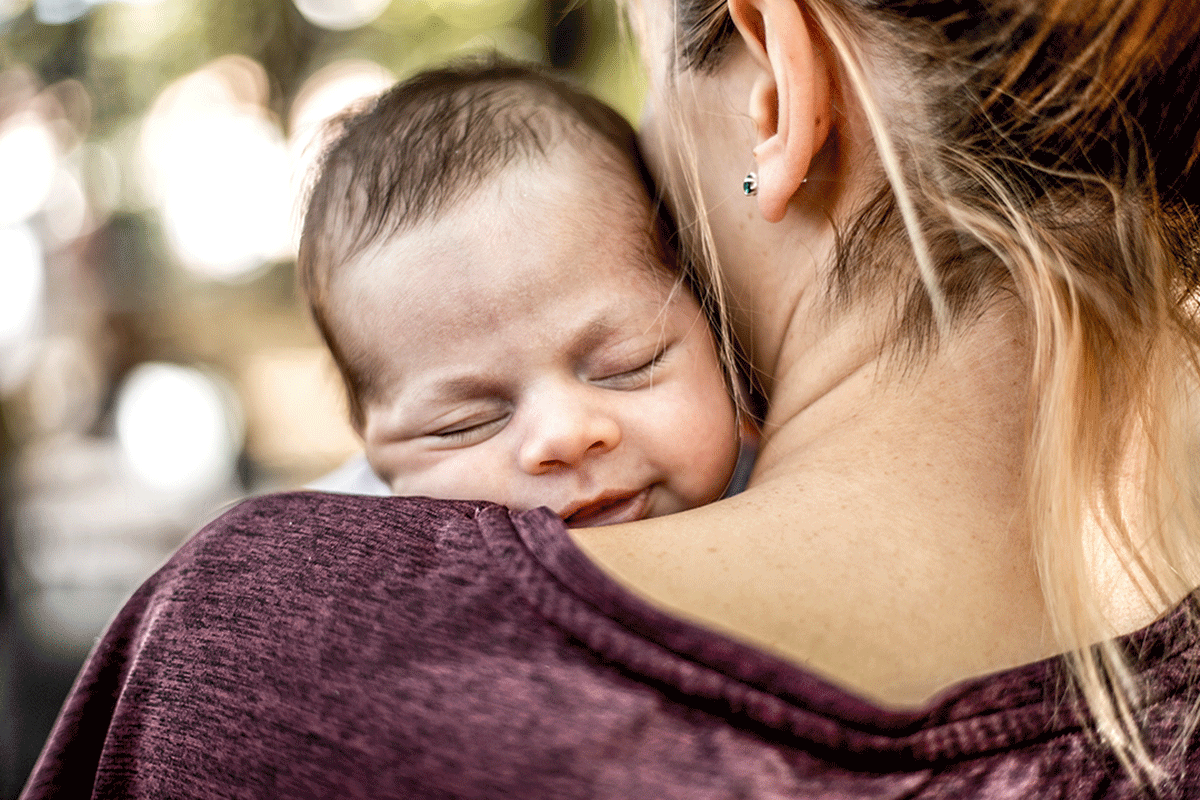Children’s hospitals across the country are reporting more and more cases of RSV (respiratory syncytial virus) as wintertime draws near. This is no different than what Northeast Georgia Physicians Group is seeing in its pediatric offices and family medicine practices across the region. It’s truly scarier than it has been in recent memory, and we need everyone to join in to help keep our kids safe.
According to the Centers for Disease Control, positive PCR tests for RSV in Georgia rose to 17% in September when compared to 11% in September 2021. Luckily, those numbers have dropped off some as the weeks have gone on, but as you can see, this year is a larger issue than recent years, and poses the risk of creating a “tripledemic” when paired alongside the flu and COVID-19 — and could continue overloading hospitals locally and nationwide.
I encourage you to use the tips below to keep the children in your life safe and ensure they’re getting the right care when they need it.
How to stop the spread of RSV
- Cover your coughs and sneezes
It seems like common sense, but the reality is that a lot of us don’t to a great job of this. Whenever you cough or sneeze, be sure to do it into a tissue or the upper part of your shirt sleeve. - Wash your hands
Again, this one seems like common sense but it’s the amount of time you wash your hands that comes into play here. Be sure to use soap and warm water and wash your hands for a full 20 seconds. It’s good to do this intermittently throughout the day, regardless of if you think your hands are dirty or not — especially when around young ones. - Avoid close contact
Those squishy baby cheeks sure are adorable, but it’s important to remember that babies don’t have all the immunity to fight diseases that adults do. So, a simple, harmless kiss on the cheek, forehead or hand could lead to serious health risks. It’s important to avoid these kisses and even limit holding a baby or leaning down and talking close to their face. - Stay away when sick
If you feel even the slightest bit sick, or have been around anyone that may be sick, it’s best to stay away from babies and children, especially those at high risk of getting RSV. A few days away from those little ones is hard, but they’ll be there next week and visiting them when there’s the possibility of sickness is not worth the risk of them ending up in the hospital.
How to recognize symptoms or RSV
Symptoms of RSV usually show within 4-6 days of being infected. Symptoms usually include:
- Runny nose
- Decrease in appetite
- Coughing
- Sneezing
- Fever
- Wheezing
In very young infants, the only symptoms that may be present are irritability, decreased activity and breathing difficulties. Remember, it’s better to be safe than sorry, so call your child’s pediatrician if they’re having trouble breathing, not drinking enough fluid or are experiencing worsening symptoms.
How to know when your child needs care
RSV can sometimes lead to bronchiolitis and pneumonia and is the most common cause of these conditions in children under the age of one. Children don’t usually have to be hospitalized because of RSV, but for the young ones, especially those younger than 6 months old, they might need to be if they are having trouble breathing or are dehydrated. RSV usually goes away on its own in a week or two, but it can become serious if symptoms aren’t managed properly.
- Control fever and pain
You can use over-the-counter fever reducers and pain relievers, such as acetaminophen or ibuprofen, to help control your child’s fever and pain. - Drink enough fluids
Make sure your child is drinking fluids in order to prevent dehydration - Talk to your healthcare provider
If symptoms are getting worse, you have questions about nonprescription cold medicines or are concerned about anything else, call your child’s pediatrician.
Next Steps
If your child needs care, schedule an appointment with one of NGPG’s pediatric providers. You can also try out a virtual visit — which include E-Visits, Video Visits and After-Hours Care — so you don’t have to leave the comfort of your own home.



